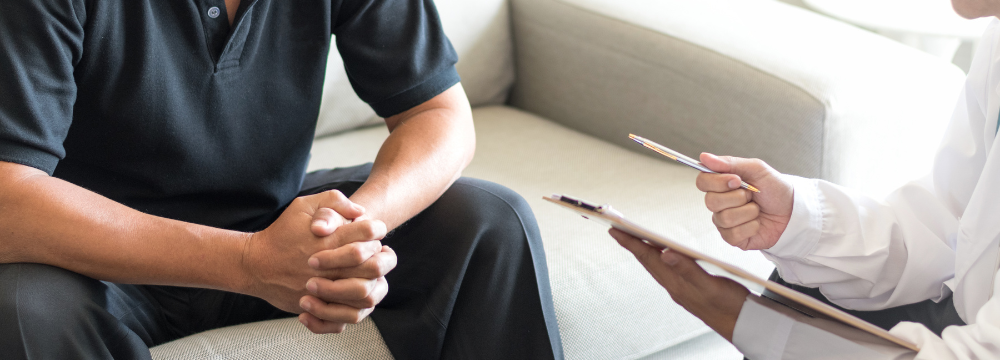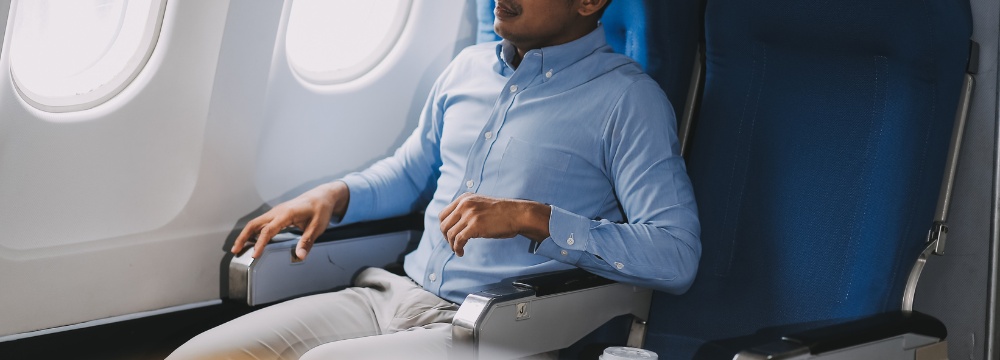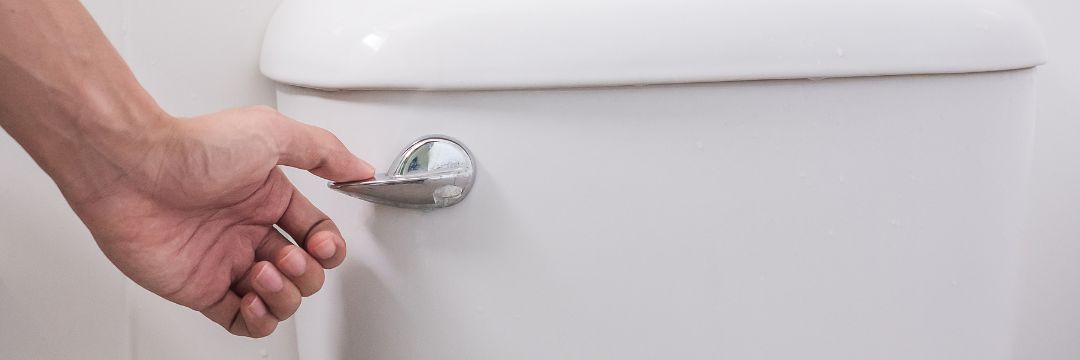
This September celebrates Urology Awareness Month and Healthy Aging Month, and what better way to kick off these health holidays than to talk about a urological issue primarily caused by age – enlarged prostate or Benign Prostatic Hyperplasia (BPH)? You’ll notice that we discuss BPH quite a bit on our website, and that is because it is one of the most common urological issues that affect males older than 40 or 50. While the name says it all – BPH is benign – it can cause significant symptoms that can significantly alter a person’s life and lifestyle. Because it is such a normal part of aging and men are often reluctant to visit their urologist about it, many are restricted in their activities because they are worried about the potential for urine leakage or urgent urinary issues, among other symptoms.
However, there are many options to start the process toward a life free of the symptoms of BPH. Most urologists, including Dr. Natale, are dedicated to offering their patients a stepwise approach to managing the lower urinary tract symptoms associated with BPH. This often begins with lifestyle changes through improved diet and exercise. If these do not yield results or patients cannot maintain a healthier lifestyle, some try herbal remedies such as Saw Palmetto with decidedly mixed success. There is no solid clinical data to show that Saw Palmetto or any other herbal remedy significantly affects BPH symptoms. While we do not necessarily try to dissuade our patients from dabbling in these options, we caution them about potential safety and effectiveness issues associated with the less regulated world of supplements that we often and jokingly call the Wild West.
That said, when lifestyle changes and medications cease to help patients with their lower urinary tract symptoms, we turn to the myriad of procedural options available to treat BPH. Once again, we start with the least invasive options, which usually consist of in-office therapies that can be performed in anywhere from 5 to 15 minutes and only require an office visit. One of the most popular, for example, is Rezum water vapor therapy, which uses steam to destroy excess prostatic tissue, which is then absorbed into the body over the next four to six weeks. During this absorption process, symptoms improve, and this, along with other in-office therapies, can be effective for up to five or even seven years. Other procedures, such as Urolift, do not mechanically remove prostatic tissue.
What Happens Then?
Of course, we know that patients hear these figures and wonder what will happen at the end of the effective time period. Eventually, prostatic tissue regrows, and lower urinary tract symptoms will begin again. This is a virtual certainty for any procedure except those that remove the prostate entirely, which we do not routinely perform unless aggressive prostate cancer is found alongside BPH, for example. Patients will be happy to know that many of these procedures can be performed a second and even third time. Each time they are performed, it resets their timer and gives them another several years of relief. These in-office procedures are so successful that patients often return when they begin experiencing symptoms in the future, asking for the procedure by name.
A Caveat for Larger Prostates
Significantly larger prostates may require a different treatment modality. Typically, in-office BPH treatments cannot effectively treat a very large enlarged prostate. Here, too, we have options to help those patients get relief. One such option is a simple prostatectomy, which involves surgically hollowing out the prostate, leaving only the capsule. HoLEP, or holmium laser surgery, is a laser-based version of this procedure that uses concentrated light to burn away the tissue inside the prostatic capsule. A third and recent option that has shown benefit in larger prostates is Aquablation, which uses a semi-autonomous robot and a directed stream of water to remove excess tissue. These options have varying degrees of effectiveness and must be tailored to a patient’s circumstances.
The Bottom Line
In the world of BPH, there are many options for patients of all anatomy types. By visiting an experienced urologist like Dr. Natalie, who has extensive experience with many of these procedures, you are assured of the most effective and safe approach for your circumstance.
It’s important to realize that you don’t have to live with the lower urinary tract symptoms associated with BPH and that there are effective and safe options for you. The first step is to give us a call and schedule a consultation so you can learn more about your prostatic enlargement and what we can do.









